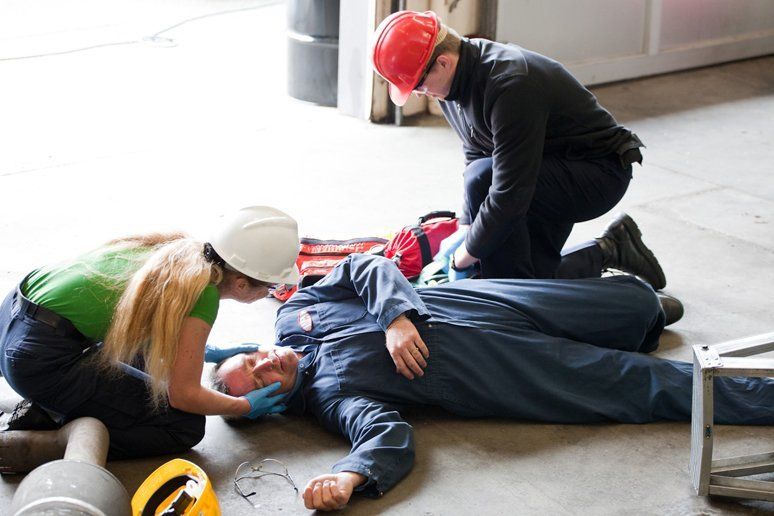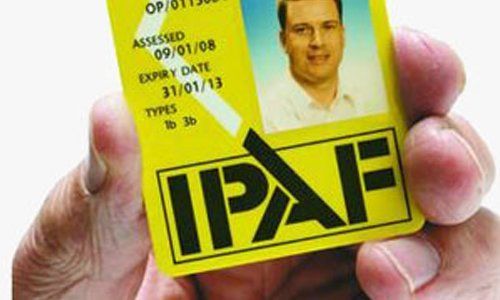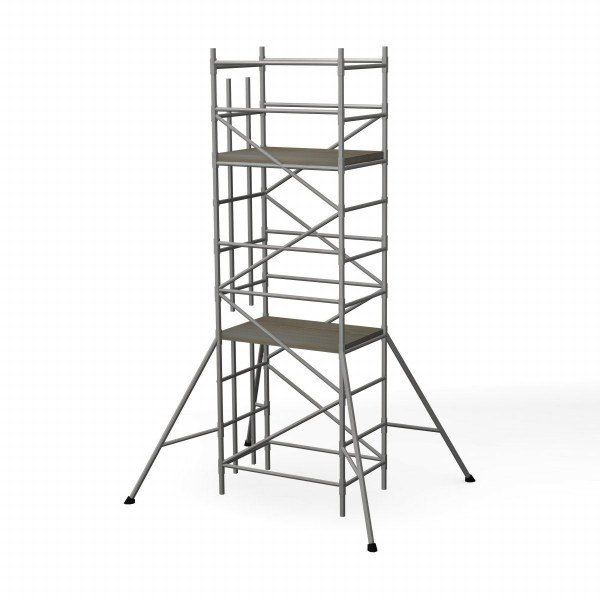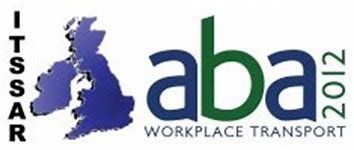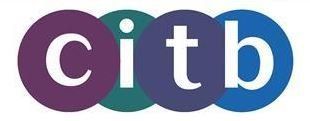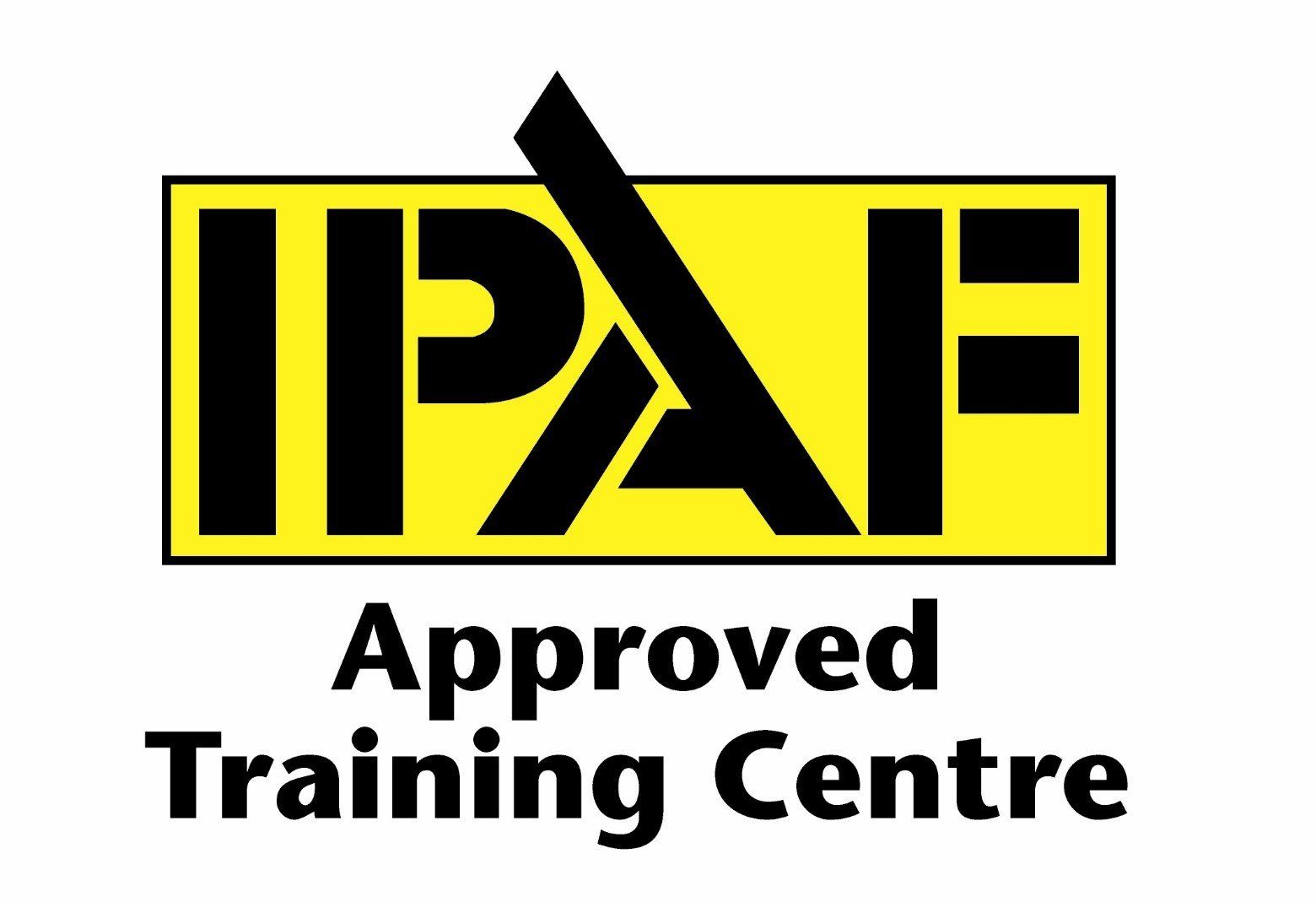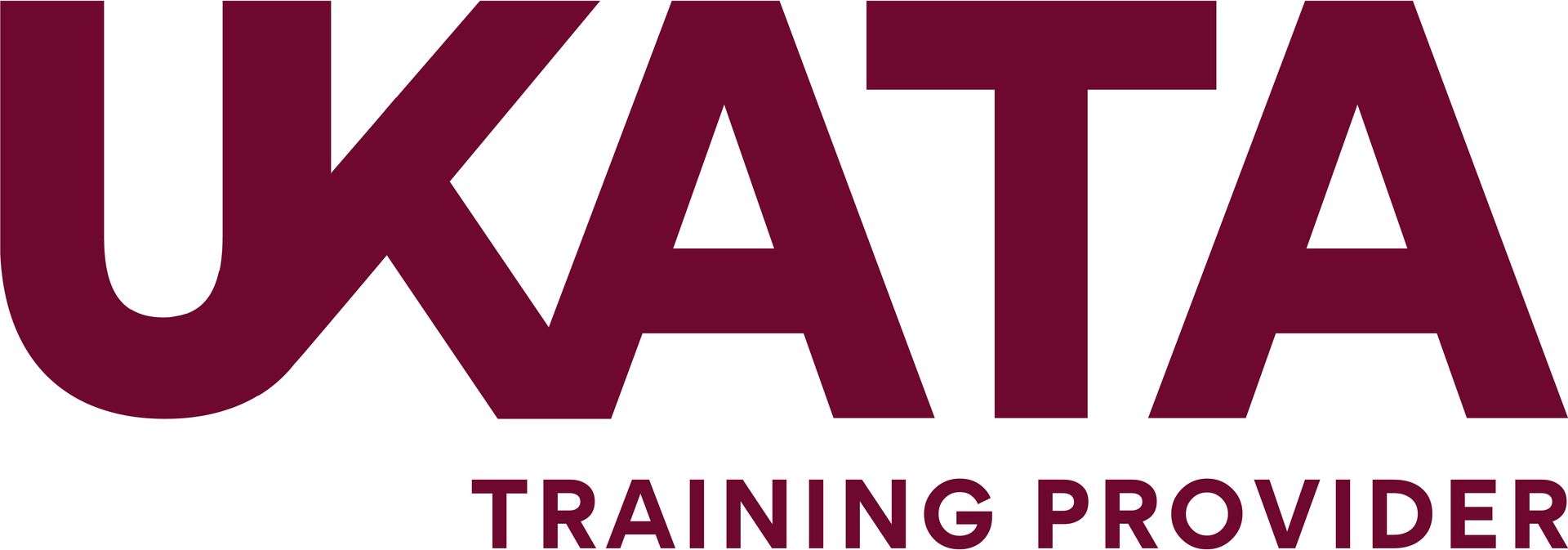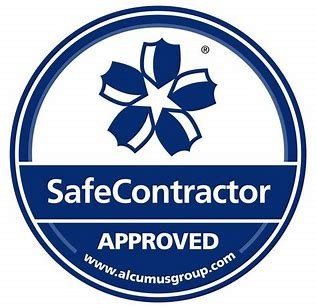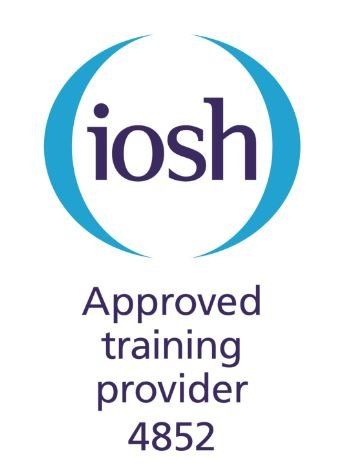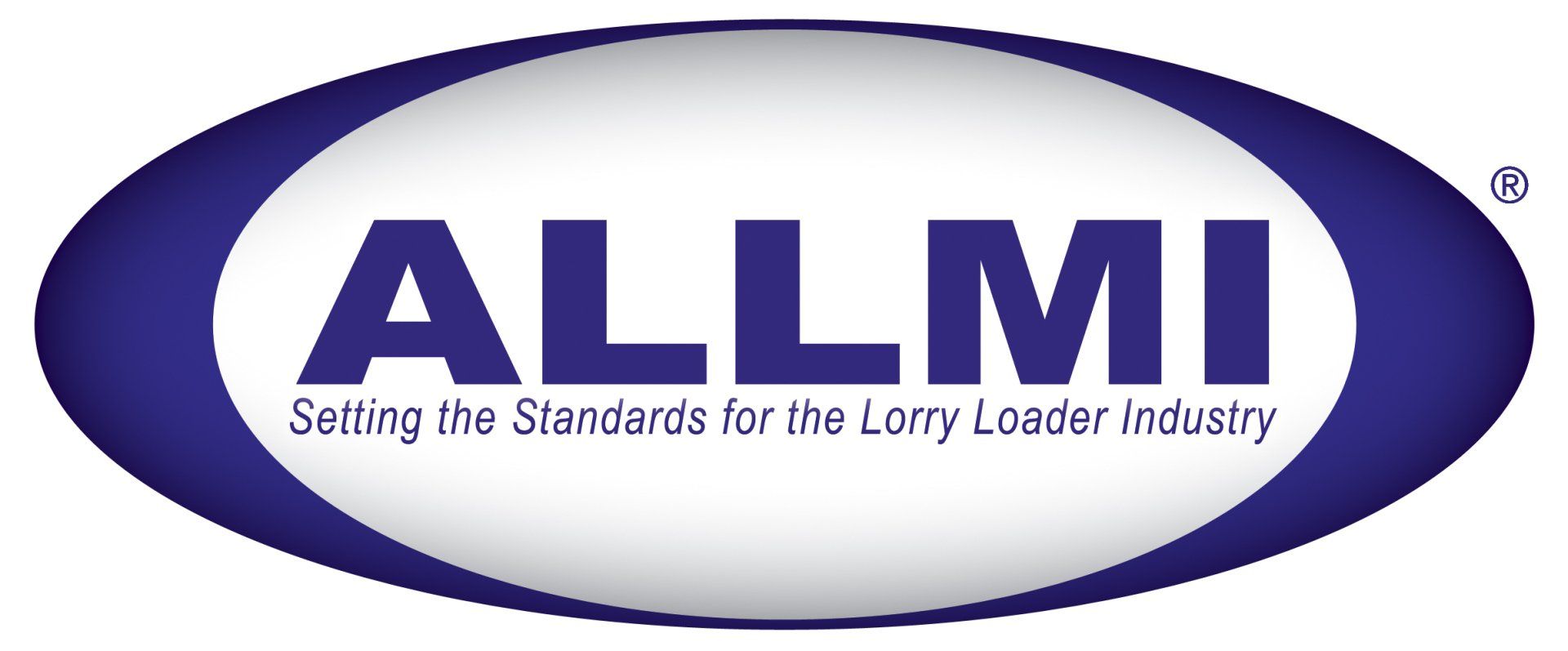Manual Handling
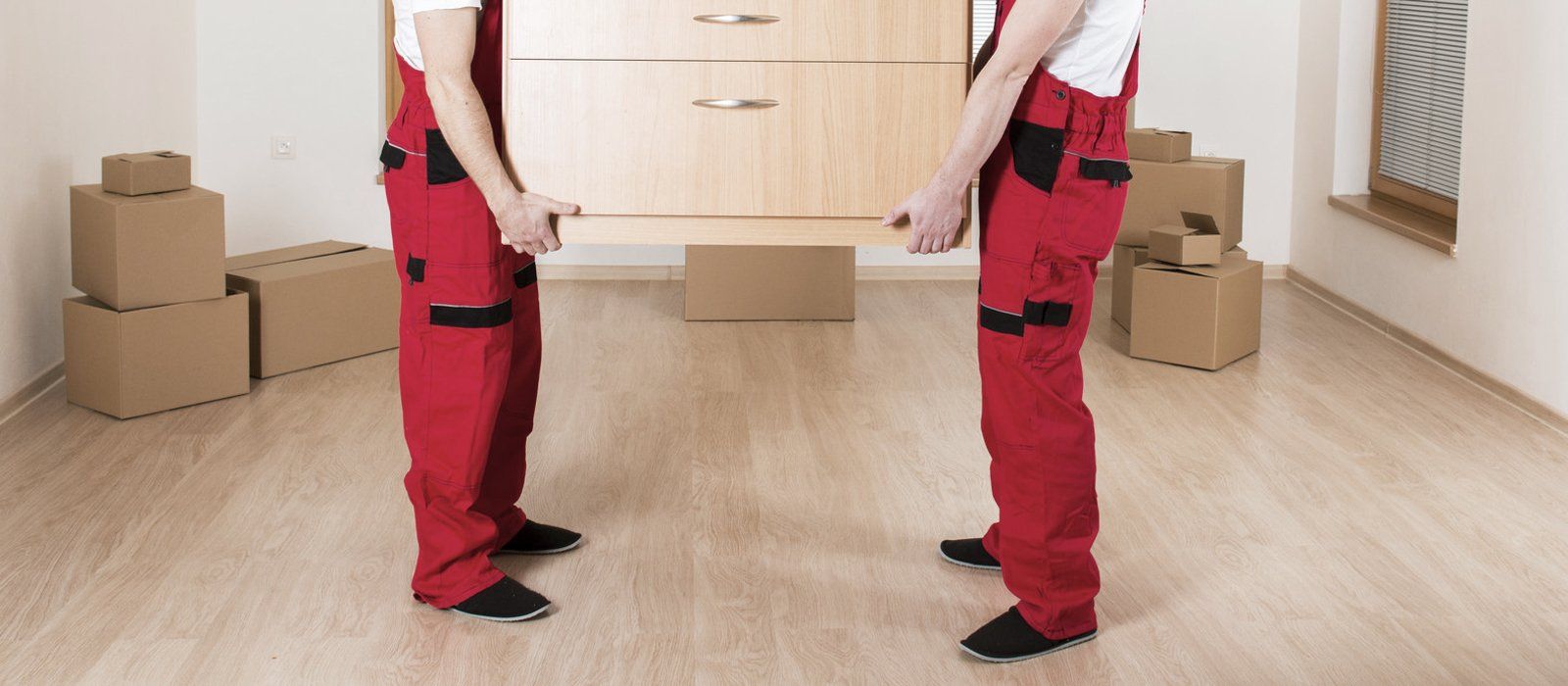
MANUAL HANDLING
MANUAL HANDLING is the handling of loads by HUMAN EFFORT, and can include lifting, putting down, pushing, pulling, carrying, intentional dropping or throwing or moving, by hand or bodily force.
Poor manual handling is the biggest cause of work-related injury, and the most common site of injury is the back. Back injuries range from sprains of the ligaments and strains in the muscles to more serious injuries such as slipped discs. Other injuries can include hernias, fractures; crush injuries, sprains and strains. All have one thing in common – PAIN!
Back injuries can result from a single wrong movement, but more commonly result from repeated stress on tired muscles.
Learning the correct manual handling techniques is essential in order to prevent injury and accidents.
Employers are required to ensure, so far as is reasonably practicable, that hazardous manual handling operations are avoided. They must assess all hazardous manual handling operations which can’t be avoided, and then implement measures to reduce the risk of injury.
Employees also have responsibilities under Health & Safety Law. These are to:
• Take reasonable care of their own health & safety at work, and that of others who may be affected by their acts or omissions;
• Co-operate with their employer regarding health & safety;
• Use any equipment provided in accordance with the training and instructions given;
• Follow their employers’ systems of work to promote safety during the handling of loads.
THE BACK
The spine is made up of 33 bones called VERTEBRAE. Each vertebra has 4 joints, which enable them to move with respect to each other, thus giving the spine flexibility. The lower back or LUMBAR SPINE is the weakest part, as it carries the weight of the upper body, and therefore most likely to be damaged.
Between the vertebrae are the DISCS, made up of a jelly-like NUCLEUS, surrounded by a ring of tough fibres – the ANNULUS. The discs are firmly attached to the vertebrae, and act as shock absorbers when the vertebrae move. They have a poor blood supply, and therefore take a long time to heal if damaged.
Damage occurs by repeated stresses caused by stooping and twisting. This produces tiny tears in the annulus, which may lead to the contents of the nucleus bulging out through the annulus – referred to as a SLIPPED DISC.
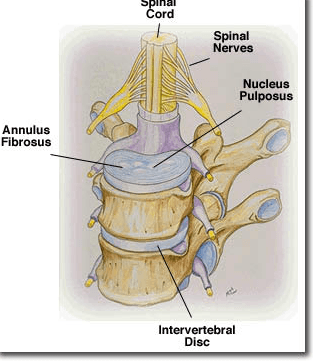
SAFE MANUAL HANDLING
The back is especially put at risk by bending and twisting movements. When lifting whilst the back is bent or if it twists during the lifting operation, the weight of the load increases the stresses on the body, and especially the back. In order to avoid painful injury and permanent weakness, it is necessary to follow the principles of ‘KINETIC LIFTING’. This involves following a set of actions, beginning with a relaxation of the knees, and the automatic adjustment of foot position. These ‘base movements’ result in balance being maintained through relaxation and natural positioning of the body weight.
1. Look at the Load
– Inspect it for size, shape, stability and possible areas to grip. Inspect packaging for any load warning signs.
2. Foot Position
– Feet should where possible be hip width apart with one foot in front of the other. The front foot should be placed along side the load, and be pointing in the direction of travel.
3. Bend Knees/Back Straight
- By relaxing and bending the knees, the front foot stays flat on the floor, whilst the heel of the other foot is raised. The back cannot be kept perfectly straight, but the natural curve in the lower back should be maintained.
4. Test the Load/Take a Firm Grip
– Once the knees are bent the head can fall forward to look at the load and the hands can reach down to touch it. The hands & forearms should be on the inside of the legs. Testing the load should be by gentle rocking to ascertain whether or not it is within the person’s capability.
5. Lift with Legs/Load Close
– The start of the lift is the headlock move – gently raise the head and tuck the chin in. This straightens the neck, raises the shoulders and chest and encourages a straight spine during lifting. The rear foot is used to propel the body forward with minimum energy, and as the load is raised, it is pulled in towards the body.
6. Put Down With Care
– The load should be kept close to the body during lowering, and the staggered foot position should be maintained.
With practice, this 6-point lift can be carried out in a smooth motion, involving the minimum amount of effort and stress & tension on body structures.
REMEMBER – YOU HAVE ONLY 1 BACK – LOOK AFTER IT!
Please call 01536 202549 for all your manual handling needs
